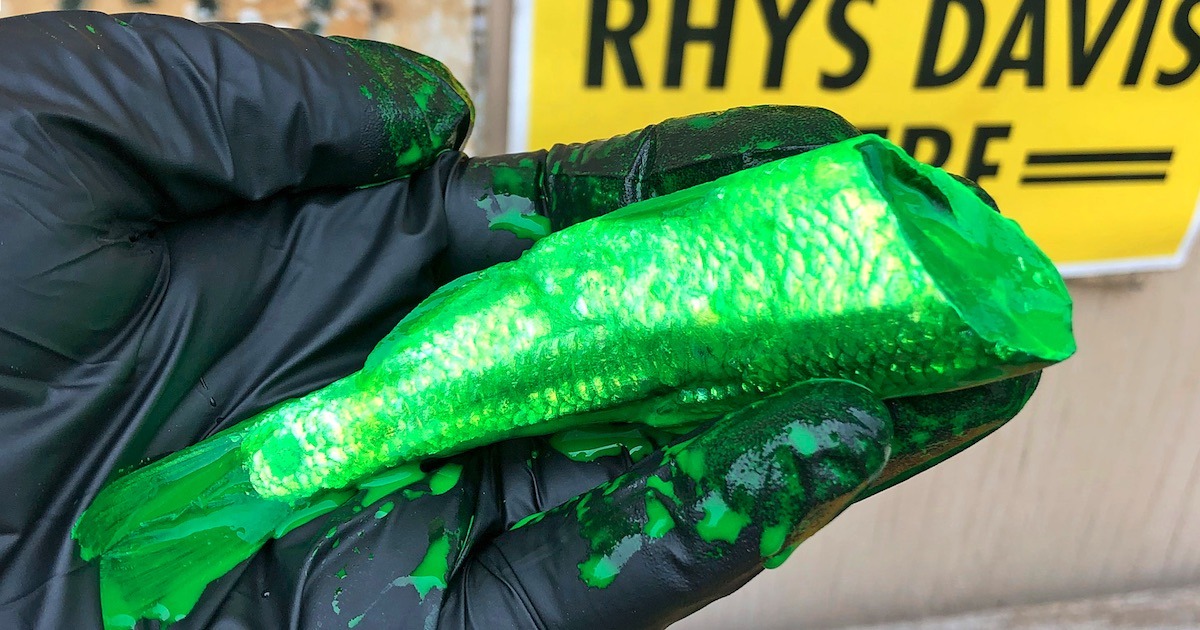
Using real baitfish is the original method of catching salmon for hook-and-line fishermen on the west coast of Vancouver Island. Before artificial lures and even wooden plugs, there was just bait, principally herring and then later anchovies. Over time, many unique methods of preparing baitfish in brine solutions were developed. While metal spoons and rubber hoochies dominate today, many fishermen still maintain the tradition of using and preparing natural baitfish to catch salmon.
In the past, herring were the main bait fish used for salmon fishing. Generally, fishermen would use herring strip, or plug cut their own herring. And as herring are one of the main food sources for Chinook, they are a natural choice for fishermen. However, with no companies currently selling herring strip, herring has become less popular as time goes by. If a fisherman wants to use them, they must be prepared to cut their own strip, or plug cut it themselves.
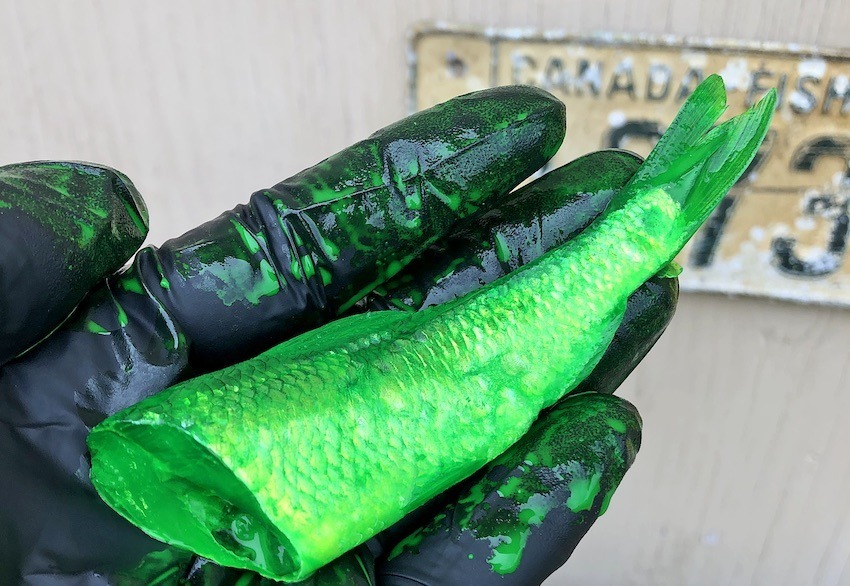
Cut plug bait
While not as plentiful as herring, California or Northern anchovies are the now the most popular bait fish for salmon. Ranging from Baja California to northern Vancouver Island, they are also a natural prey for salmon. They have been subject to heavy fishing pressure ever since the collapse of the pilchard (Pacific sardine) fishery in the 1940s. However, they seem to be making a comeback, and the recent spawns in the southern Gulf Islands around Ladysmith and Salt Spring Island are encouraging.
Unfortunately, natural baitfish begin to decompose and become soft quickly. A soft, limp fish will not stay on the hook very well and will not have a good roll to it. And nobody wants to troll a limp herring. While today we can freeze our bait and keep it in a cooler, fishermen in the past had to be more creative. They began looking for ways to preserve their bait and came up with many bait brines to do it. The word “brine” means a salt and water solution, and it should be no surprise that all bait brines contain salt. The other ingredients in a good brine are varied, and many fishermen have their own secret recipe. Some brines are simple, and some have a laundry list of ingredients. Often some of
these ingredients are found in your laundry room! There are also many commercially made brines available at tackle stores. These often have various colours added to dye the bait. I should note they also will dye anything else they touch. This includes your hands, clothes, boat seats and any seagull that steals your bait. I have had fluorescent green fingers for days after handling brine without rubber gloves.
Homemade Bait Brines
There is no standard homebrew recipe for brining bait. However, two of the more common ingredients are non-iodized salt and baking soda.

Homemade brine ingredients
The salt draws moisture out of the bait and both firms it up and preserves it. Firmer bait is less likely to tear off the hook while fishing. Adding too much salt leads to a tougher bait, but may make it too rigid to have a nice roll while trolling. But not enough salt, and it will be too soft. Regular iodized table salt is to be avoided as the iodine will turn the bait brown. Non-iodized salt, sea salt, or kosher salt all work well. I use kosher, as that is what I tend to have on hand. The baking soda (sodium bicarbonate) is said to preserve the bait’s natural scent and shine by slowing the breakdown of enzymes in the bait.
After salt and baking soda, the ingredients get a bit more eccentric. And while it’s interesting to experiment, nothing else is needed for a basic brine. Some common additives used by fishermen are as follows:
- Laundry bluing to bring out the fish’s shine
- Powdered milk to firm the bait and increase the shine
- Borax is sometimes used to preserve the bait but may add an unnatural scent
- Various fish oils can be added to increase the scent of the bait
I have heard several references to Clorox being used to preserve colour, but I suspect anglers might be confusing it with Borax. Clorox should not be used in a brine, as it bleaches the colour of the bait. This is the opposite of what is wanted.
Store-Bought Brines
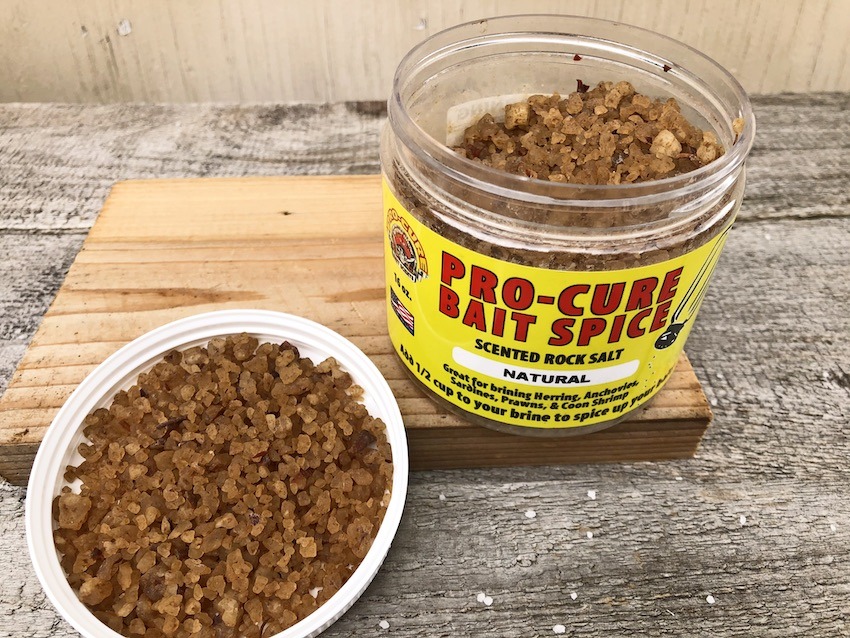
Rock salt dry brine
Both wet and dry brines are available for sale. Some of the dry ones are basic salt and baking soda mixes, while the liquid ones often have many ingredients and come in dazzlingly bright colours. They all seem to work well if used according to their directions. If I am purchasing a ready-made brine, I usually choose the ones that include colouring to dye the bait. I favour chartreuse (neon green) and blue.

Store bought brines
Why a Chinook will choose to eat a neon green anchovy, I will never know. But I do know that it will, and that’s good enough for me. When I take coloured brines on the boat, I keep them in a large square Tupperware. But remember that the coloured brine will stain the Tupperware forever, so I have found it wise to not use the nice new Tupperware that my wife just bought (again). Furthermore, I put the Tupperware in a bucket, because if it leaks it will stain whatever it touches. It really will not come out no matter how much you clean it. I have learned this the hard way.
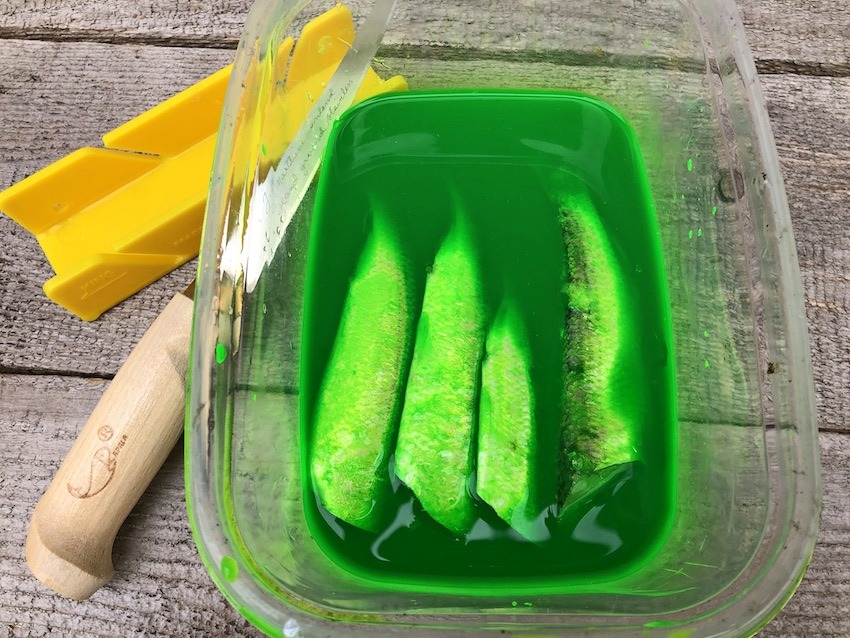
Cut Plug in Brine
Mix up your brine the night before your fishing trip. Place your bait in the mixture and refrigerate overnight. If using cut plug herring, do your cutting before you brine it. By the next morning, your bait will be firmed up and ready for use. Make sure to pack some rubber gloves if using coloured brines.
While this may all seem like a lot of unnecessary work when there are many artificial lures available, fishing with bait is still effective and fun. It lets you get in touch with historic ways of fishing and is a good skill to develop. And in many situations, a properly pre-scented baitfish will outperform an artificial lure. After all, it smells right and looks right to the salmon you are targeting. While I personally do not use bait as often as I once did, if I am in a fishing derby, I often take the time to brine up some anchovies or herring—especially late in the season, when large Chinook have stopped feeding and are staged near the river mouths waiting for the fall rains. At that time, they will turn their noses up to most artificial gear, and a nice slow-rolling baitfish will often be the only thing that will trigger them to strike.
So, get some salt and raid the laundry room for ingredients, or just stop by your local tackle store. Start learning to brine your own bait. It may take some trial and error, but becoming a master bait fisherman is fun and productive.
This article appeared in Island Fisherman magazine. Never miss another issue—subscribe today!
One Comment
Leave A Comment
Visit the Store
$34.99
$34.99
Featured Catch
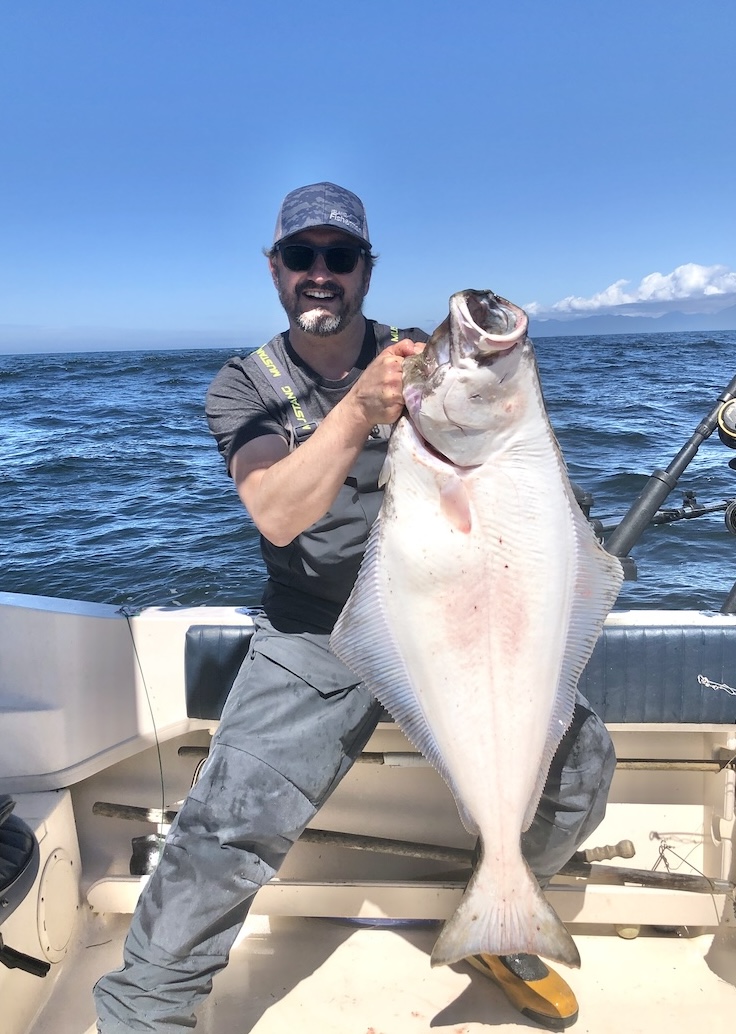
Joel Unickow halibut (Photo: Rob Frawley Lucky Strike Sportfishing Tofino)


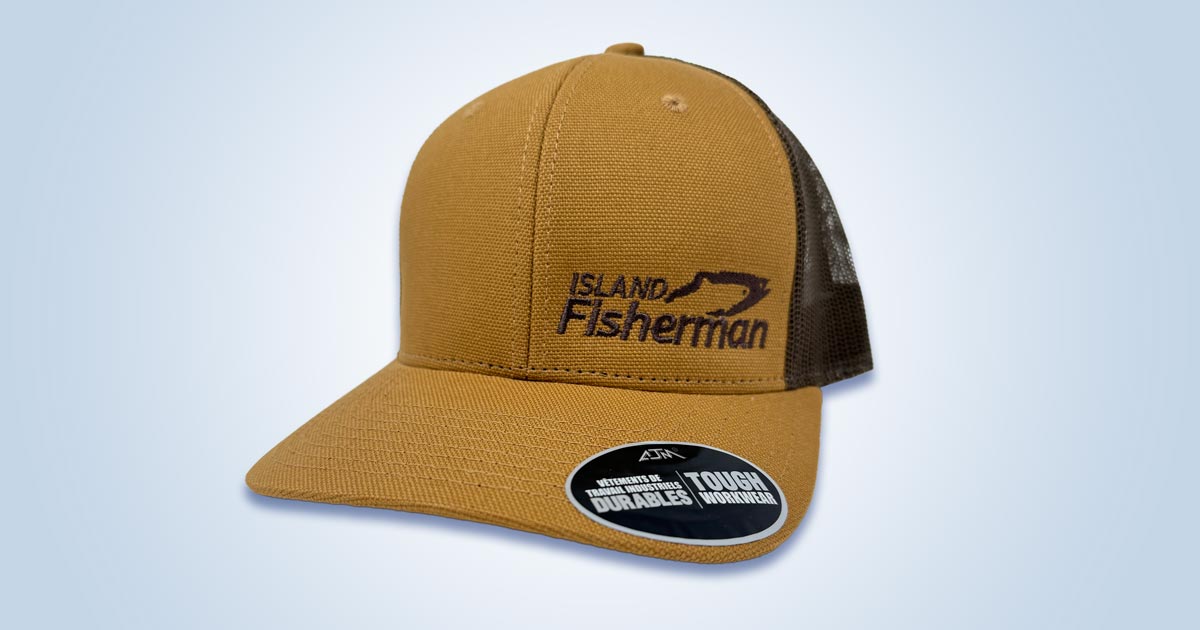

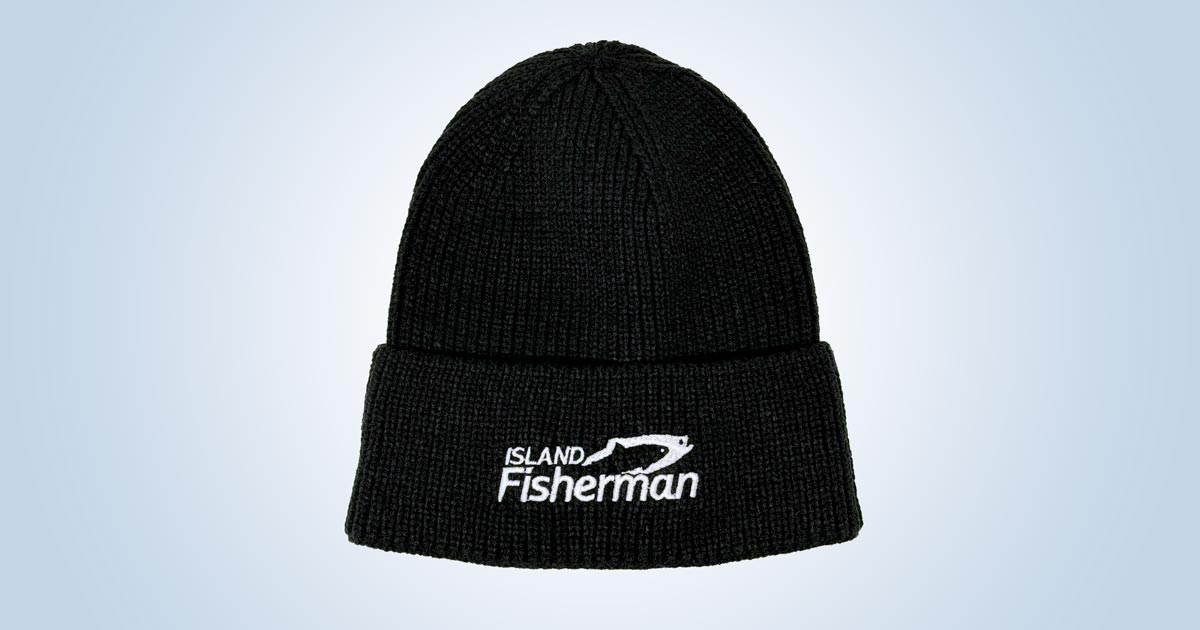
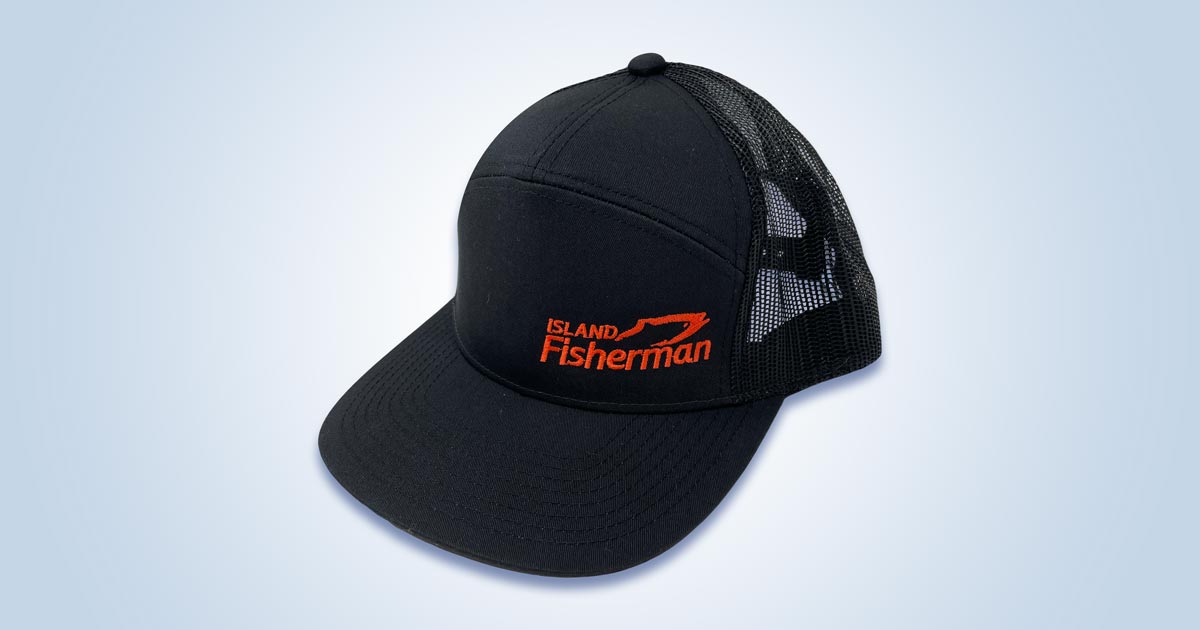

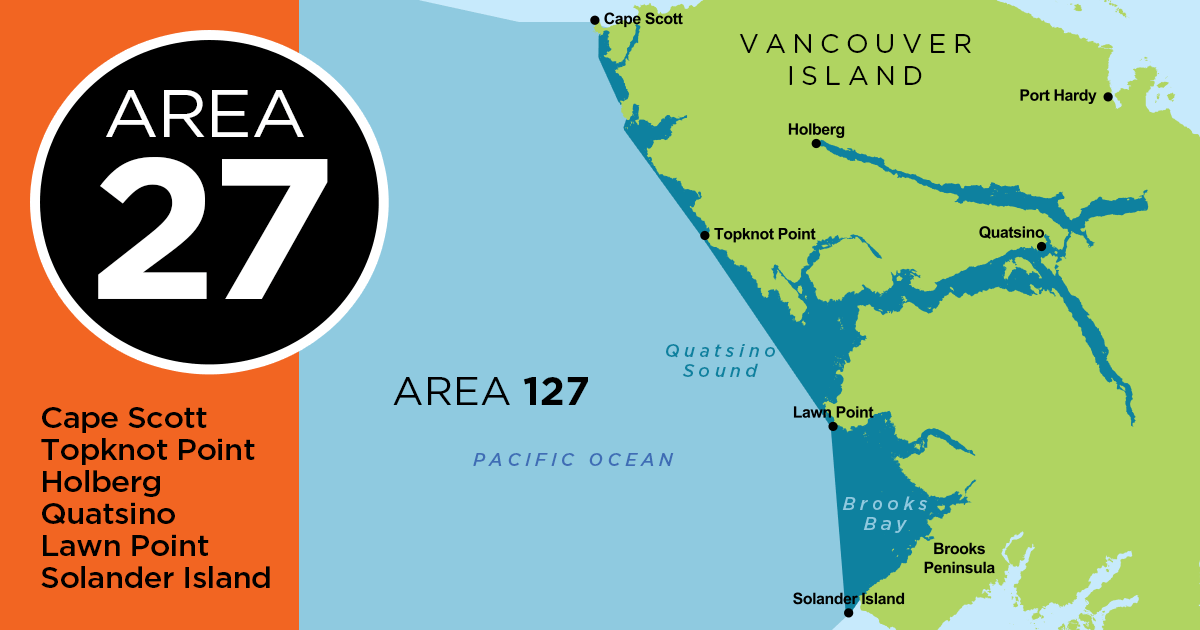

Can you brine your bait while it’s frozen and leave in refrigerator overnight? Or should it be thawed before brining?